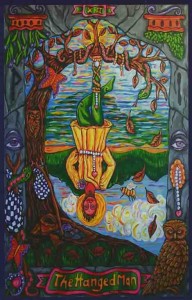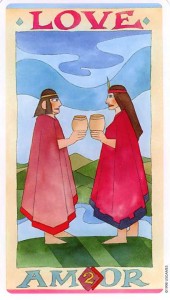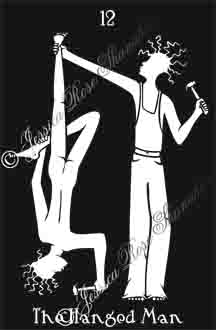 The hanged man sacrifices himself
The hanged man sacrifices himself
for some purpose greater than his own well-being.
A willing victim of his own up-ended perspective,
he pushes aside the popular opinion,
forsakes the temptation of easy gratification
and goes without things commonly seen as “needs”
in attempt to open others’ eyes
to a different world view.
A martyr to some is a traitor to others;
a thief to some is a savior to others.
Bear witness to your true beliefs:
Which side are you on?
* * *
I went to the printer’s with my 80 files: 78 cards plus the extra moon plus the silly copyright card. The silly copyright card will be numbered (1 thru 600) and signed, but I’m not going to let you know all the silly words.
I’ve never gone through the process of putting something in print format for the printer before. I needed to make all the files the exact correct dimensions (7cm x 12.5cm) and add bleed and crop marks and make sure the color was correct. Tedious.
I hear the millions (I wish!) asking, “What color?” Oh, if only I could have known before-hand that files need to be in CMYK for print and RGB for screen. For some mysterious reason (feel free to enlighten me in great detail if you know), RGB black does not translate to the same black as CMYK black. Now that I’ve re-learned my lesson the hard way, I recall being told something to that effect a dozen years ago.
Anyhow, all my files were printing some horrible muddied black. I am a person of muddy grays in theory, but I wish the pigment on these cards to appear BLACK BLACK BLACK BLACK BLACK.
The upshot is, I should get to see a proof sometime next week. Yahoo! After I measure how thick the stack of cards is, I will design a box. The box will not be a regular tuck box, because my printer does not have a die to cut them out and I do not wish to cut out 600 boxes by hand (why not? who knows!) so I am making my task even more difficult by having a partly printed, partly handmade box. Thus, no two boxes will be exactly alike.
If anyone is interested in a copy, do feel free to let me know (see the contact info) and I will keep track of you in a very organized manner and let you know when it is ready.
You notice I have not yet mentioned price. This does not mean they will be free. It means I detest setting prices. Ultimately, it will be the low-average price for a LE self-published deck, which is $41 including shipping in the US. Assuming the box is not too much work…
* * *
Happy Summer Solstice!




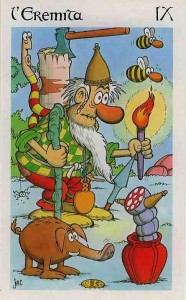
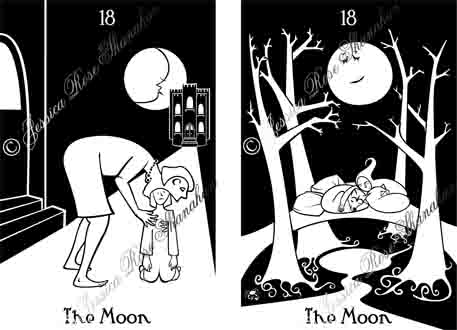
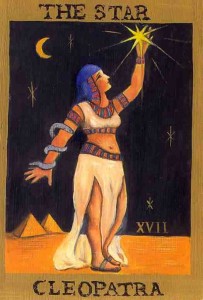
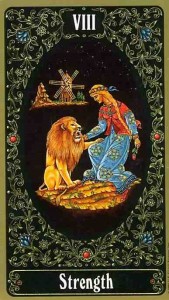



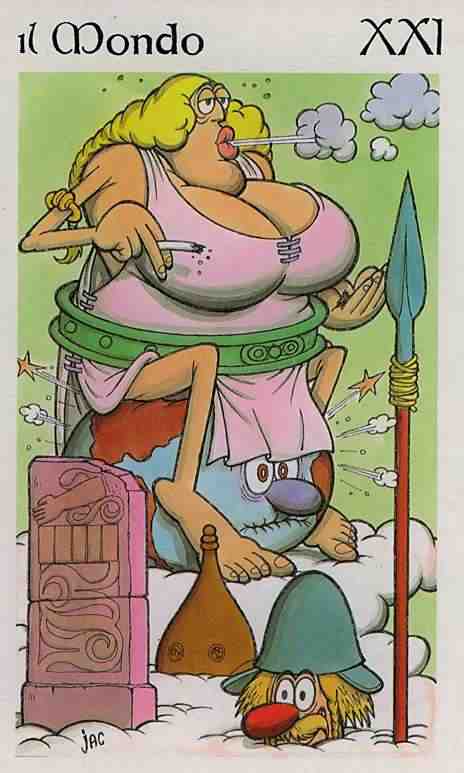
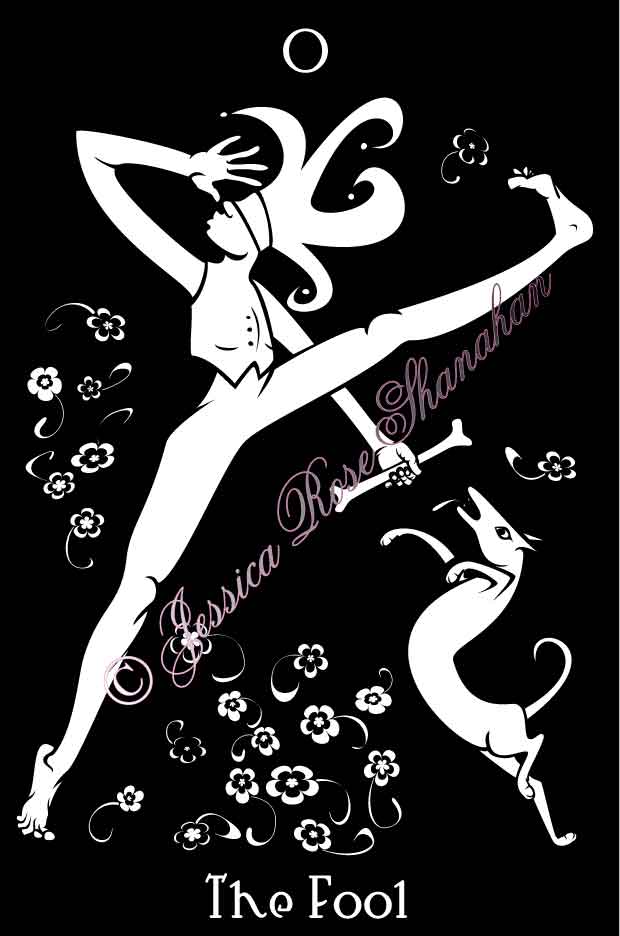 ‘If the fool would persist in his folly he would become wise.’ —William Blake
‘If the fool would persist in his folly he would become wise.’ —William Blake